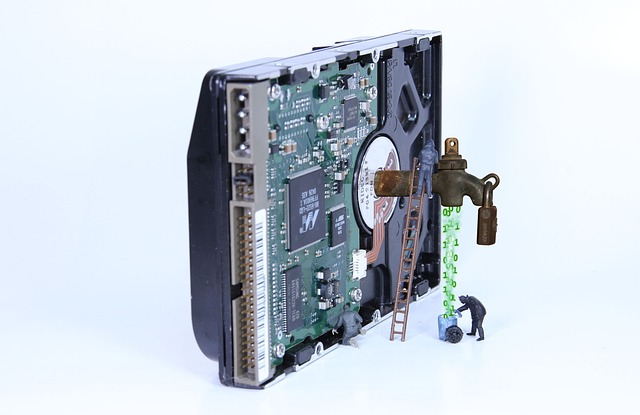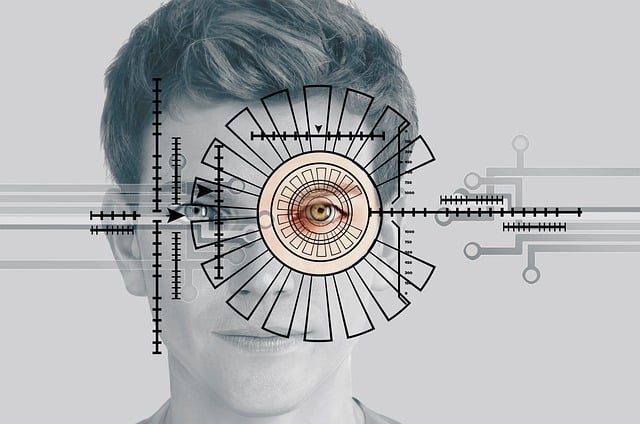Homeowners should prioritize understanding and proactive leak detection to protect their properties from water damage, structural instability, and costly repairs. Common sources of leaks include pipes, toilets, appliances, and roofing, with basement leaks potentially indicating foundation issues. Timely detection involves using advanced tools like moisture meters, thermal imaging cameras, and acoustic sensors, which offer faster, more accurate results than traditional manual inspections. Smart home systems provide continuous surveillance, instant alerts, and data analysis for minimal water waste and financial costs. A thorough home leak audit includes visual inspections, hidden area checks with moisture meters, focusing on problem zones, analyzing water bills, taking notes, and prioritizing issues. DIYers should avoid overlooking concealed leaks and employ advanced tools, address potential causes, and pay attention to musty odors or unexpected bill spikes. Preventative measures like regular maintenance and pipe insulation are crucial for effective leak detection and minimizing repair costs.
“Leak detection is an essential aspect of home maintenance, as water leaks can cause significant damage and lead to costly repairs. Understanding common sources and types of leakage is the first step for homeowners. This article explores the importance of prompt leak detection, delving into traditional methods versus modern technologies like smart home systems. We provide a comprehensive guide on conducting a home leak audit, offer tips to avoid common mistakes, and emphasize preventative measures to safeguard your property from potential water damage.”
Understanding Home Leakage: Common Sources and Types

Understanding home leakage is the first step in effective leak detection. Leaks can originate from a variety of sources, with common areas including pipes, toilets, appliances, and roofing. Pipe leaks are among the most prevalent, often occurring due to damaged or old pipes, corrosion, or freezing temperatures. Toilet leaks can go unnoticed for long periods, resulting from flapper valves that seal improperly or worn-out gaskets. Appliances like washing machines, dishwashers, and water heaters can also be culprit, with leaks stemming from faulty hoses, seals, or internal components.
Roofing leaks are another significant concern, particularly in regions with extreme weather conditions. These leaks may result from damaged shingles, flashing issues, or poorly sealed joints. Additionally, basement leaks can indicate problems with the foundation, including cracks or inadequate sealing around pipes and drains. Recognizing these common sources empowers homeowners to proactively address potential issues, making early detection of leaks crucial for minimizing water damage and preserving home integrity.
Importance of Timely Leak Detection for Homeowners

For homeowners, timely leak detection is paramount for several reasons. Leaks, often hidden behind walls or beneath floors, can cause significant water damage over time, leading to costly repairs and even structural instability. By proactively identifying leaks, homeowners can mitigate these risks, saving both money and their property from potential disasters.
Moreover, early detection allows for the repair of minor issues before they escalate. Small leaks can often be easily fixed, preventing the need for extensive renovations or replacement. Regular leak detection not only ensures the longevity of a home but also contributes to energy efficiency by preventing unnecessary water waste.
Traditional Methods vs Modern Leak Detection Technologies

In the realm of leak detection, traditional methods have long relied on manual inspections and time-consuming processes. Homeowners or maintenance personnel would often need to search for subtle signs of water damage, like mold growth, discolored walls, or peculiar smells. This approach is not only tedious but also ineffective in identifying hidden leaks within complex plumbing systems.
Modern leak detection technologies have revolutionized the way we address these issues. Advanced tools such as moisture meters, thermal imaging cameras, and acoustic sensors offer more efficient solutions. These devices can pinpoint water leaks by detecting abnormalities in moisture levels, temperature variations, or sound patterns. By leveraging technology, modern methods provide faster, more accurate results, ensuring that potential damage is addressed promptly, thus promoting cost-effectiveness and minimizing repair needs.
The Role of Smart Home Systems in Leak Monitoring

In today’s digital era, smart home systems are revolutionizing the way we monitor and manage potential issues within our residences. One of the most significant applications of this technology is in leak detection. These innovative systems employ a network of sensors and connected devices to provide continuous surveillance, enabling homeowners to receive instant alerts about any water leaks. This early warning system can prove invaluable in preventing substantial damage caused by undetected leaks, from mold growth to structural deterioration.
Smart home leak monitoring often includes sophisticated algorithms that analyze data from various sensors, such as pressure sensors in pipes and moisture detectors. Upon detecting anomalies indicative of a potential leak, the system automatically notifies homeowners via their smartphones or other connected devices. This real-time notification allows for prompt action, minimizing water waste and the associated financial costs, and ensuring peace of mind for homeowners.
Step-by-Step Guide to Conducting a Home Leak Audit

To conduct a comprehensive home leak audit, follow this step-by-step guide. Start by inspecting visible pipes for signs of damage, corrosion, or unusual markings. Check for any leaks at fixtures, appliances, and valves, tightening connections if necessary. Move on to examining hidden areas like basements, crawl spaces, and behind cabinets, using a moisture meter to detect water intrusion that may not be immediately visible. Pay close attention to areas prone to leaks, such as bathrooms, kitchens, and outdoor hoses.
Next, review your home’s insulation for any damp spots or mold growth, indicating potential leak sources. Check for pipe insulation that is worn or missing. Examine your roof for signs of water damage, especially around vents and chimneys. Finally, analyze past water bills for sudden spikes, which could point to hidden leaks. Take detailed notes during the audit and prioritize addressing any identified issues to prevent further damage and ensure effective leak detection.
Common Mistakes to Avoid During Leak Detection Process

Many homeowners often attempt DIY leak detection, but there are common mistakes to avoid for effective and efficient results. One major error is focusing solely on visible water sources or obvious leaks. While these are important indicators, hidden leaks behind walls or under floors can go unnoticed, causing significant damage over time. It’s crucial to use advanced tools like moisture meters and thermal imaging cameras to uncover these concealed issues.
Another mistake is not checking for potential causes once a leak is detected. Leaks may stem from faulty pipes, worn-out fixtures, or even structural problems in the home. Thoroughly inspecting and addressing the root cause prevents recurrent leaks and ensures long-term solutions. Additionally, ignoring musty odors or unexpected spikes in water bills can lead to delays in identifying leaks, allowing for further damage and increased repair costs.
Preventative Measures: Protecting Your Home from Leaks

Preventative measures play a crucial role in leak detection and protecting your home from potential water damage. Regular maintenance is key; check for any signs of wear or damage to pipes, fittings, and appliances that could lead to leaks. Insulating pipes against extreme temperatures and using shut-off valves for repairs or during away periods can help prevent accidental leaks.
Additionally, installing smart leak detection systems is a proactive approach. These systems monitor water usage and can alert you to unusual patterns, potential leaks, or ongoing drips. Regular inspection and servicing of these systems ensure they function optimally, providing peace of mind and safeguarding your home from the often subtle signs of a leak until it’s too late.
